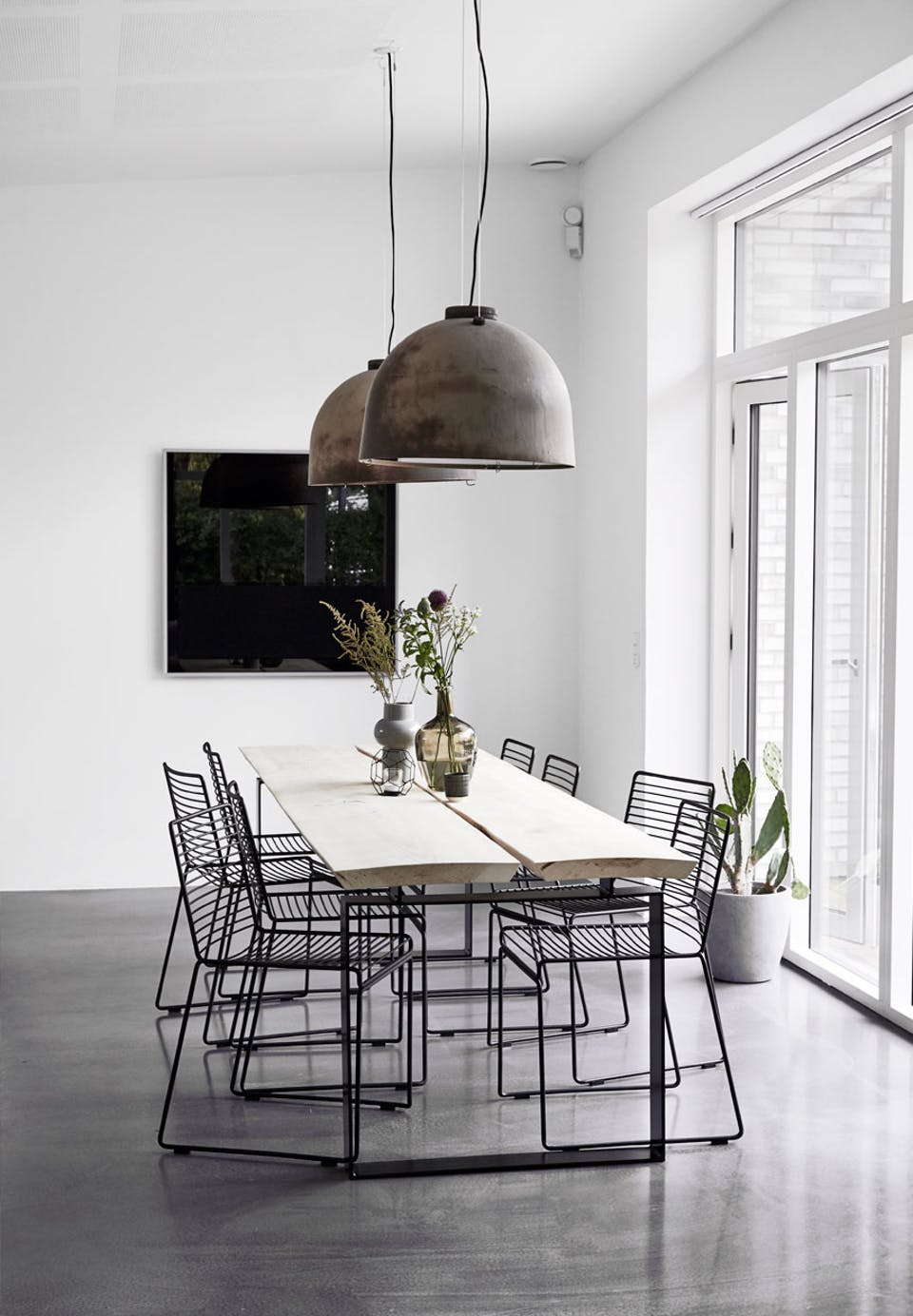
Interior design is another area where there are strong correlations between form and function. If minimalism is about stripping down the excess and concentrating on the essential, it’s logical that these principles manifest themselves in the aesthetics as well. Simplicity and a great level of functionality are thus important building blocks of minimalist designs.
While at first glance, minimalist interiors do share common design elements, there are subtle (or sometimes not so subtle) differences between the various design trends, be it Scandinavian, Japanese, or functionally minimal. I plan to write about the different subgenres of minimalist home aesthetics in detail in future posts, but for now, let’s just settle for some basic and more general traits of minimalist interior style.
Simple color palette

Simplicity already manifests itself in the color choices of minimalist homes. Black, white, grey and their many shades and variants, as well as the occasional color accents give the interiors a clean and polished look.
Strategic use of materials and textures

Interiors are often dressed up with textures and not objects or elaborate decorations. Different textures and materials like metal, glass, wood, concrete, and stainless steel add an interesting visual twist and personality to a room.
Maximize space


When we think of minimalist homes, a typical mental image is a huge room with few furniture and decoration. However, spaciousness in not directly related to size. Even small minimalist apartments can look spacious by cleverly mixing white space with clean lines, smart setups, and an uncluttered layout. Rooms are also often adjoined, thus creating more open, flowing spaces.
Clean lines
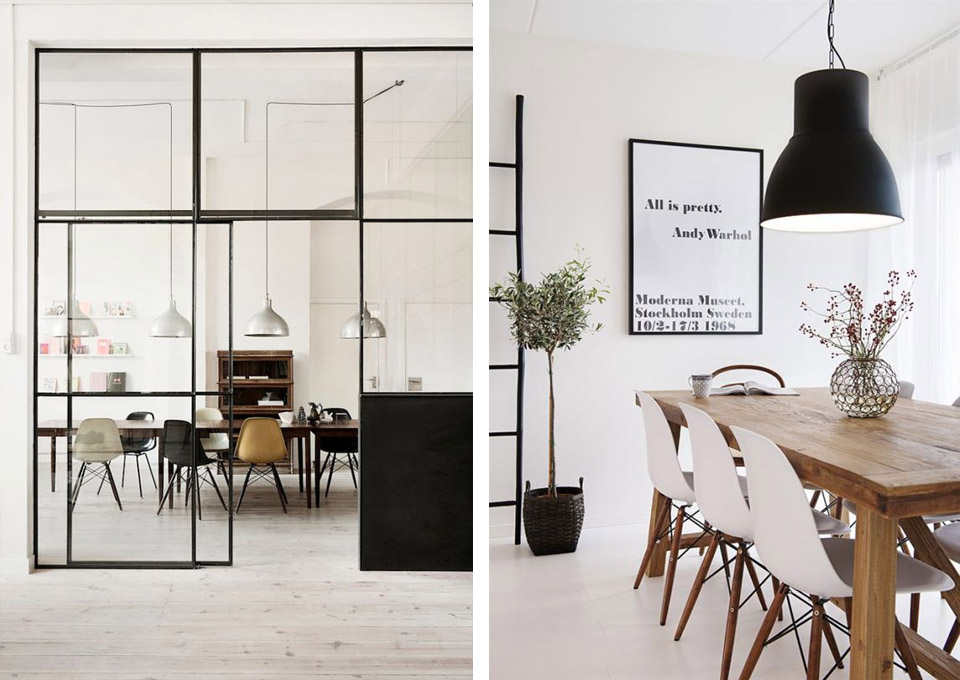
There is a huge emphasis on strong clean lines in minimalist design. What often gives minimalist spaces an interesting aesthetics is mixing the heavy verticals (tables, desks, sofas) and horizontals (walls, wardrobes, cabinets and bigger elements) with softer curves and more eccentric shapes (armchairs, coffee tables, lamps).
Light
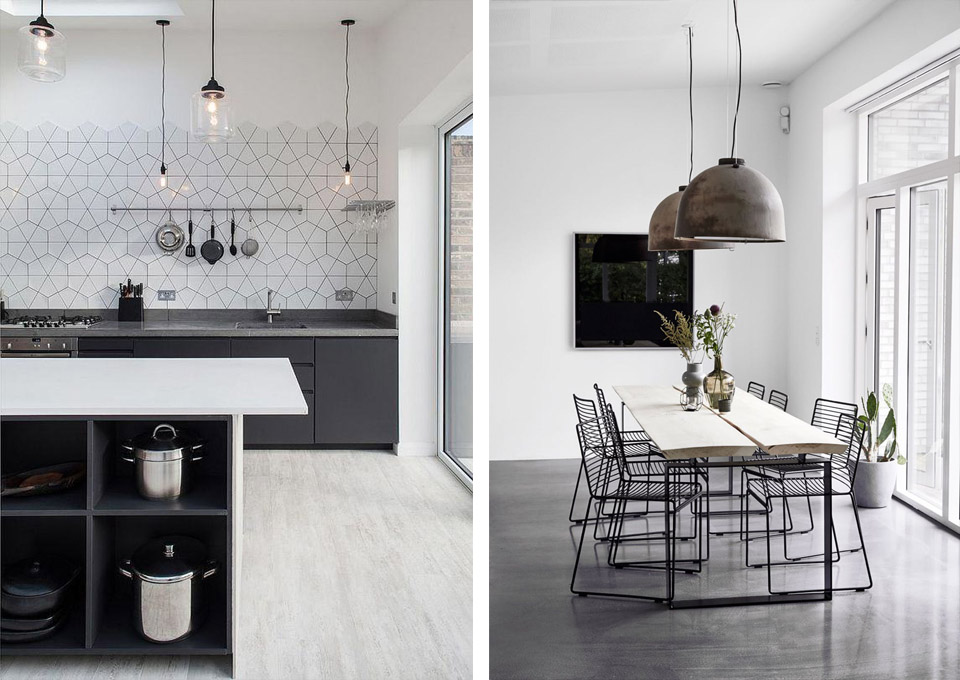
Lights and lighting play an incredibly important role in minimalist interior design. Whether it is natural light streaming in through huge windows or strategically placed or diffused artificial lights, like spots and LEDs, lighting is an aesthetic device in minimalist homes. It helps create and set the atmosphere, emphasizes and enhances the textures and details, and functions almost like decoration itself.
Smart organizing solutions

Minimalist homes look clean, sharp and uncluttered, because they are full of practical storage solutions that ensure that everything has its own place and thus aren’t left around on random places in the room. Smart home technological solutions are also frequent features of minimalist homes, as they integrate and streamline various functions and tasks that would otherwise require a dozen separate, bulky devices.
Styling – the difference between cold and sterile, and clean, but homey

Sometimes people shy away from more modern, minimalist homes because they fear that stripping down to the essentials results in boring, cold, sterile spaces. And while interior design is, as all aesthetic issues, highly subjective, I do agree that some minimalist interiors can look , well, too minimal. I think the key to maintain balance between clean minimalism and cozy ambience lies in the strategic use of decorations, plants, warmer tones, as well as the personal accents. If you like French-style prints, do a gallery wall. If you like to spend time in the kitchen, do open shelves. If you travel a lot, exhibit the memories. After all, it’s a home, and not an an exact replica of an interior design catalog.
For more amazing minimalist interiors:
+ Leibal
+ Minimalist Interiors – my Pinterest board
+ Check out the first part of the Minimalist Aesthetics series: Fashion (and 10 Minimalist Style Bloggers to Follow).
Follow me on Bloglovin’.
Disclaimer: Original content is the most valuable thing on the Internet. If I refer to or use here other images than my own, I always try my best to find their original sources (by tracing back links and using Google Image Search) and to credit the owner and source of the picture. However, sometimes the original source gets lost and cannot be found. If that happens, I credit the site I found the image at. If you find an image that belongs to you and is either not credited or the credit is not proper or to your liking, please contact me and I would immediately add links or remove the image, if that is your wish.

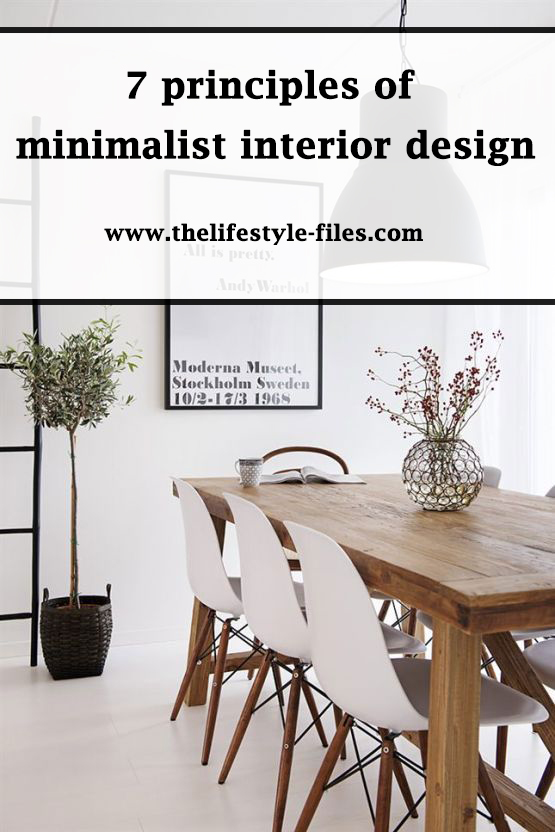


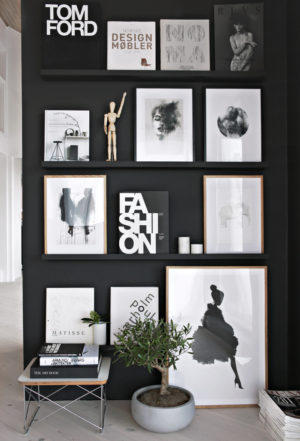
I love minimalist design but I’m SUCH a hoarder and I like such an eclectic mix of things that it’s never possible!
Beautiful post though, can’t wait to read more! xo